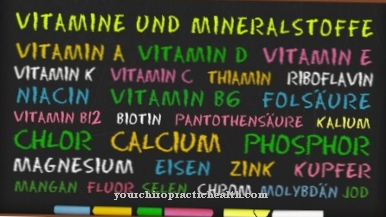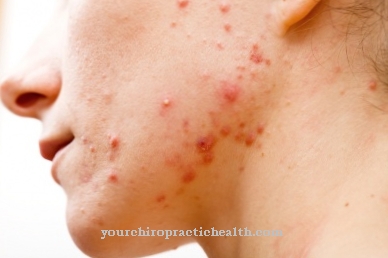The band Aid is a real jack of all trades. It has long been an integral part of everyday medical practice; be it to care for wounds and keep them protected, to get certain active ingredients into the body or to be able to treat muscle tension in a targeted manner with heat.
What is a plaster?

If colloquially from one band Aid the talk is usually a first aid bandage. This is a wound pad that is attached to the skin with adhesive tape. A first-aid bandage is used to cover smaller wounds and to soak up blood or wound secretion.
In addition, the wound pad protects the injured area from mechanical stress or bacteria, which can penetrate the small opening in the skin and thus trigger infections. The wound dressing of a plaster must be sterile, which means that it cannot transfer any germs such as bacteria or viruses that are still capable of reproduction to the wound.
In addition, the material must be absorbent so that blood and wound secretions are retained and absorbed. The adhesive tape should have a particularly skin-friendly adhesive that is easy to remove to prevent skin irritation.
Shapes, types & types
The best known and most used band Aid is certainly the plaster. There are also patches that are specially designed for certain skin problems. There are plasters that can be used on corns or calluses and which prepare the skin with the help of salicylic acid so that the removal of the corn or callus is easier later.
There are also plasters that work specifically against warts. These patches contain an acid that will burn away the wart. If you have blisters on your feet, there are special blister plasters which, thanks to their gel padding, reduce pressure and friction pain when walking and keep the injured area clean. There are also plasters which, for example, release pain relieving substances transdermally, i.e. through the skin.
Such plasters are particularly advantageous because the active ingredient enters the bloodstream directly via the skin, thereby bypassing the digestive tract, which greatly reduces possible side effects. In addition, the plaster that adheres to the skin guarantees that the active ingredient is released evenly over several days. In addition to patches that release pain relievers, there are also nicotine patches that help you quit smoking.
There are also heat patches for back pain, sore muscles or rheumatism, as well as herpes patches, which dry up cold sores and prevent the virus from spreading. Plasters against motion sickness require a prescription; these are stuck behind one ear before the start of the journey and help against nausea and vomiting.
Hormone patches are also very often used by women. Mostly these serve as a substitute for the birth control pill, but can also be used in the case of hormonal imbalances, for example as a result of the menopause.
Structure, function & mode of operation
band Aid are available in many different sizes, mostly they are offered with widths between 4 to 8 cm and lengths from 2.5 to 50 cm. There are plasters that simply require a protective film to be removed, while other plasters must first be cut to the correct size.
The adhesive tape has a different structure depending on the intended area of use. Functional plasters can also contain a gel layer. In addition, the wound dressing must be absorbent; it usually also contains antimicrobial agents that are supposed to help prevent infections.
Due to their structure, plasters protect the wound against invading pathogens and mechanical stress in a simple way.
Medical & health benefits
Rapid wound dressings, i.e. the combination of wound dressing and adhesive strips, were first produced in the late 18th century and have been continuously developed since then. New band Aid Nowadays mostly contain antimicrobial substances which are supposed to disinfect the wound and prevent infections.
Medical bandages are very often used. First aid bandages are used for small wounds with little bleeding. Almost everyone today has different types and sizes of plaster at home; You don't have to be a doctor to benefit from the health benefits of first-aid dressings. It is important to note that the wound pad should always be a bit larger than the actual injury so that the adhesive strip does not stick to the wound.
When applying the plaster, care should be taken not to touch the wound pad so that it remains sterile. Applying a plaster is very easy; the protective film must be removed and then placed on the wound with the wound pad before the adhesive strip is pressed onto the skin with as little wrinkles as possible.
When using functional patches such as pain relievers, the doctor's instructions should be followed, but application to the skin works like a normal wound dressing.

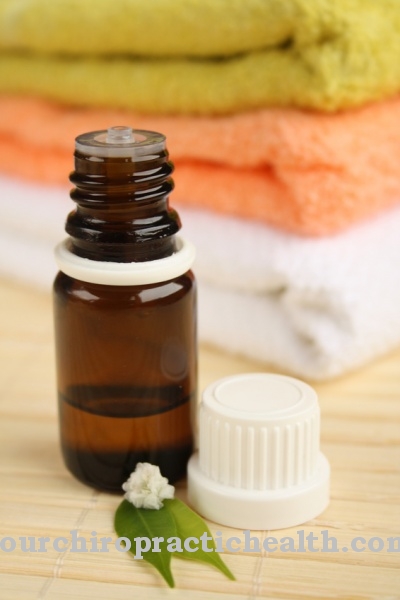


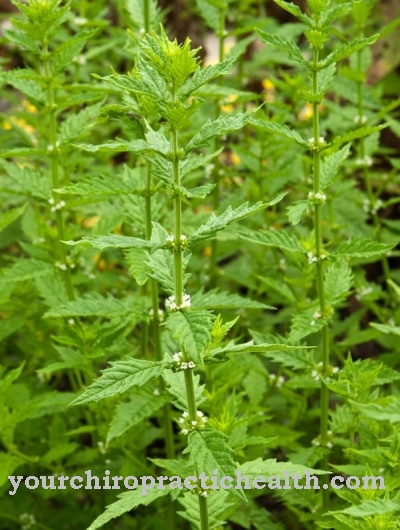




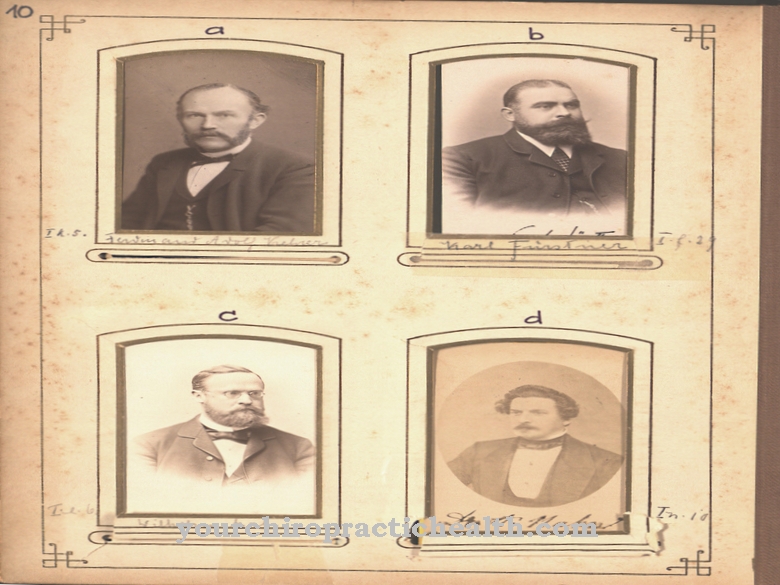
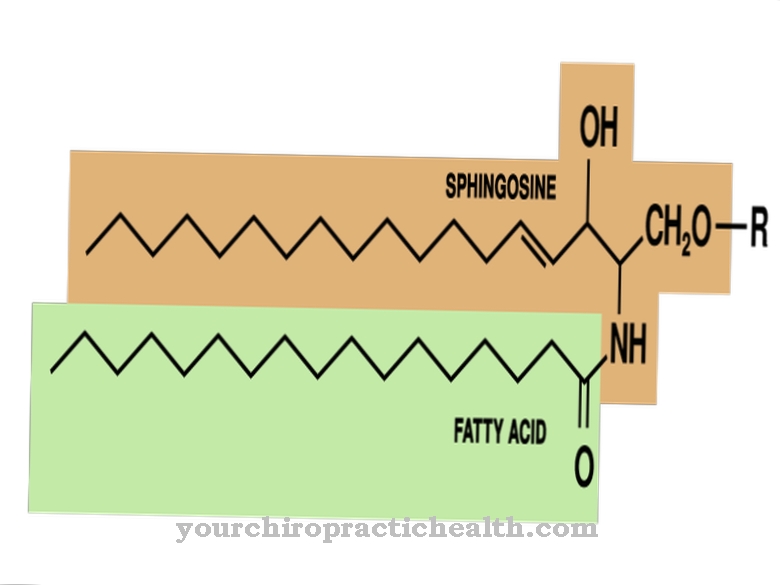
.jpg)

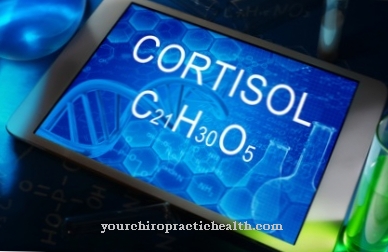
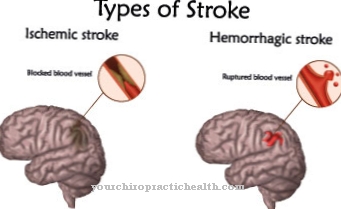

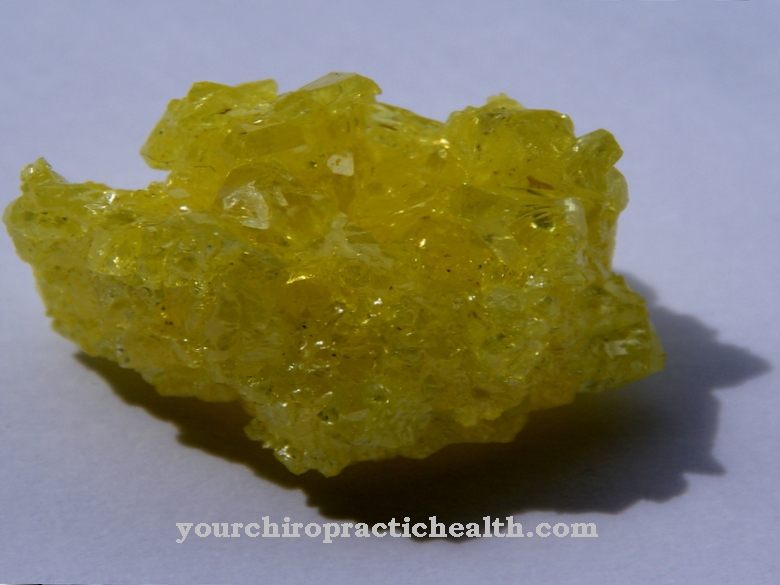
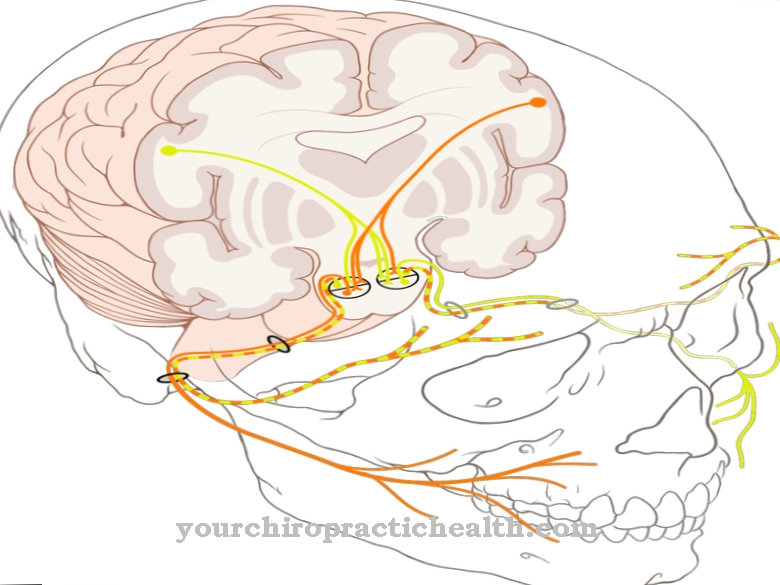

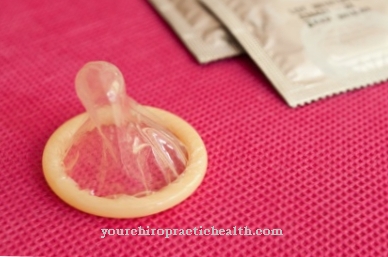
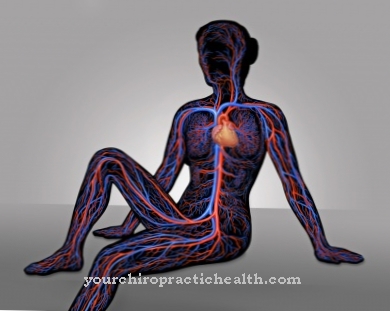


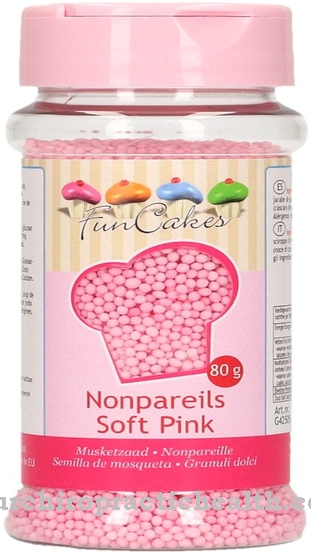


.jpg)
